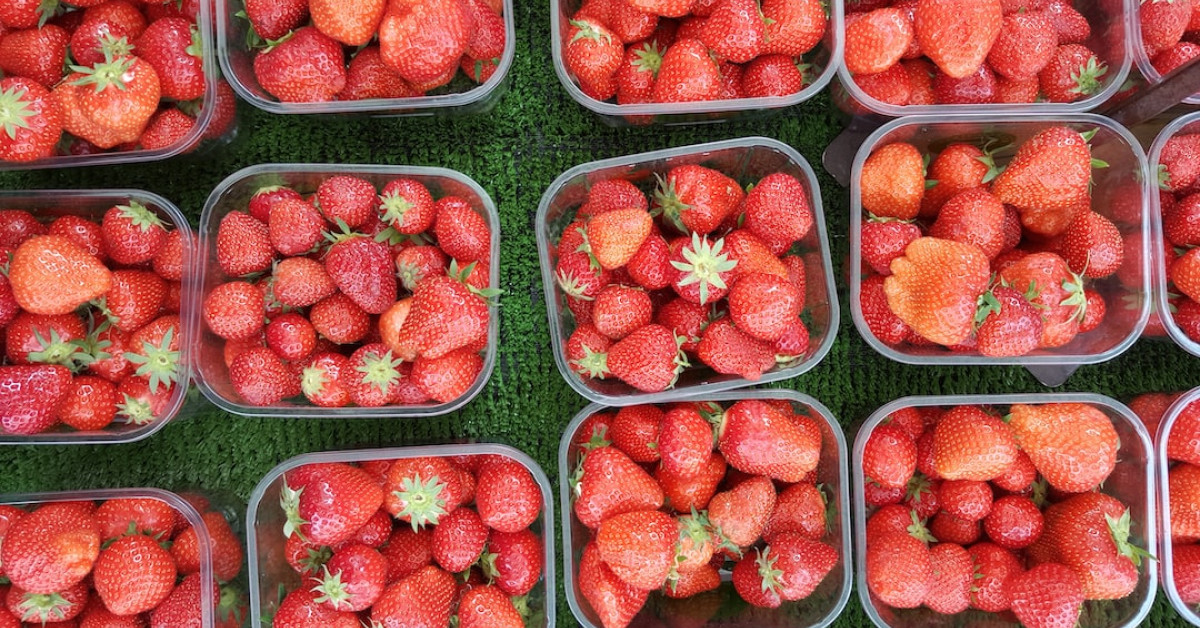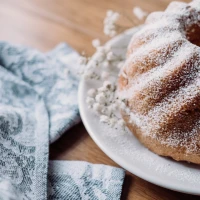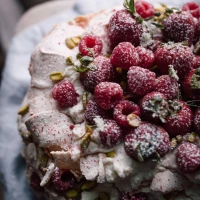Strawberries, those luscious red gems, are the hallmark of spring and summer, but their fleeting season leaves many craving their sweet, tangy flavor year-round. Learning the art of preserving strawberries is not only a delightful endeavor but a fantastic way to extend the life and flavor of this beloved fruit. Whether you’re a home cook looking to capture the peak ripeness of strawberries or an avid gardener with a surplus harvest, mastering various techniques can lock in that sought-after sweetness. In this comprehensive guide, we provide expert tips to ensure your strawberries are preserved at their best.
Freshness First: Selecting and Preparing Your Strawberries
Before you dive into the preservation process, it’s crucial to start with high-quality strawberries. Here’s how you ensure you’re working with the best:
- Look for bright red, plump berries with a consistent color and a fresh, green cap.
- Avoid strawberries with signs of mold, bruising, or mushiness as they’ll degrade the quality of your preserves.
- Gently wash strawberries in cold water and pat them dry before proceeding to remove the caps.
Timing is Everything: Picking the Perfect Moment
The timing of your preservation is key:
- Harvest or purchase strawberries at the peak of ripeness, typically in the morning when they are coolest.
- Aim to preserve them within a day to lock in maximum freshness and flavor.
Ingredient Integrity: Preserving Strawberry Essentials
When preserving strawberries, ensure to use quality ingredients to complement the berries:
- Opt for pure cane sugar, which helps preserve color and texture.
- Lemon juice not only adds a bright note but also aids in setting the gel when making jams or jellies.
Embracing Variety: Strawberry Preservation Methods
From canning to freezing, dehydrating to jam-making, each method of preservation serves a unique purpose and suits different preferences or uses. Let’s delve into several popular methods.
The Canning Chronicle: Safely Sealing Sweetness
Canning is a time-tested method that locks in the freshness and extends shelf-life. Here are the steps for successful canning:
- Sterilize jars and seals to prevent contamination.
- Prepare a syrup or simply pack the strawberries into jars with water.
- Use a water bath canner and follow proper processing times to ensure a safe seal.
Low-Sugar Living: Healthy Alternatives
For those looking to reduce sugar intake:
- Consider using a low-sugar pectin for jams and jellies.
- Honey or maple syrup can also be used as natural, less processed sweetening options, though they impart distinct flavors.
Freezing Fundamentals: Capture Cool Clarity
Freezing strawberries is perhaps the simplest preservation method:
- Arrange cleaned and dried berries in a single layer on a baking sheet to freeze initially.
- Once frozen, transfer to airtight containers or freezer bags, removing as much air as possible to prevent freezer burn.
Berry Best Practices: Ensuring Quality and Longevity
Take these steps to guarantee the best-frozen quality:
- Use a vacuum sealer, if available, for optimal air removal.
- Label and date packages to track how long they’ve been frozen and maintain a quality rotation system.
Dehydration Delights: Concentrating Sweet Sensations
Dehydrating strawberries intensifies their sweetness and provides a chewy, snackable treat:
- Slice strawberries uniformly to ensure even drying.
- Dry at a low temperature in a dehydrator or oven until they reach your desired consistency.
Optimal Oven Techniques: Dehydrating without a Dehydrator
Not everyone has a dehydrator, but ovens can be an effective alternative:
- Set your oven to the lowest temperature, ideally around 200°F or lower.
- Keep the oven door slightly ajar to promote air circulation and even drying.
Jamming Journey: Homemade Spreads and Sweet Delights
Making strawberry jam is a beloved tradition and a versatile way to preserve:
- Mash strawberries and mix with sugar and lemon juice, cooking to your preferred thickness.
- Utilize proper canning techniques, or refrigerate for immediate consumption.
Pectin Pointers: Achieving the Perfect Set
Pectin is the natural fiber found in fruit that helps to set jams:
- Commercial pectin ensures a reliable set and reduces cooking time.
- For a more natural approach, you can use apple scraps (rich in pectin) as a thickening agent.
Optimal Storage Conditions: Protecting Your Preserves
Maintaining the right storage conditions is crucial to extending the longevity of your preserves:
- Store canned goods in a cool, dark place.
- Freezer preserves should be kept at a consistent temperature, below 0°F to prevent quality compromise.
Shelf-Life Insights: Knowing When to Enjoy
Understand the expected shelf-life of each preservation method:
- Canned strawberries typically last between 1 to 2 years.
- Frozen strawberries are best consumed within 6 months for optimal taste and texture.
Rotation Revelations: Maximize Freshness
Practicing a first-in, first-out rotation ensures you always enjoy the freshest preserves:
- Organize your storage by date, with the oldest items up front.
- Regularly check for any signs of spoilage or freezer burn and discard as needed.
Creative Uses: Enjoying Your Preserved Strawberries
Preserved strawberries are more than just a tasty treat; they’re incredibly versatile in the kitchen. Here are some creative ways to enjoy them:
- Top ice cream or yogurt with frozen berries for a refreshing twist.
- Use home-canned strawberries as a sweet filling for pastries or as a decadent pancake topping.
- Incorporate dehydrated strawberries into homemade granola or as a bright addition to trail mixes.
Sweet Inspirations: Recipes and Pairings
Don’t limit your preserved strawberries to conventional uses; experiment with exciting recipes:
- Strawberry balsamic jam can elevate your cheeseboard.
- A strawberry compote, mixed into a cocktail, can bring a fruity note to your happy hour.
Healthful Harmony: Balancing Sweetness and Nutrition
Preserved strawberries can also contribute to a healthy diet:
- Use less sugar or incorporate a sugar substitute when making jams.
- Select fresh lemon juice over bottled to avoid preservatives and achieve a purer flavor profile.
Tying It All Together: Best Practices for Strawberry Preservation Success
As we wrap up this exhaustive guide, here are the overarching best practices to remember:
- Start with fresh, ripe strawberries.
- Choose the right preservation method for your needs and preferences.
- Follow food safety protocols diligently to ensure the long-term quality of your preserves.
Mastering Methods: Becoming a Preservation Pro
With practice and attention to detail, you’ll quickly become adept at these preserving techniques. Keep refining your approach, and don’t be afraid to get creative with your strawberry-based concoctions.
Sweetness for All Seasons: The Ultimate Reward
The true magnificence of preserving strawberries lies in your ability to capture the essence of summer and enjoy it all year long. The aroma and flavor of strawberries are timeless, evoking memories and creating new ones. With bold ambition and meticulous care, your pantry will be a treasure trove of sweet delights.
Preserving strawberries is more than just a kitchen task; it’s a form of culinary artistry. By following the expert tips provided, you can ensure that the succulent sweetness of strawberries graces your table no matter the season. Unlock the full potential of your harvest and savor the vibrant taste of strawberries, perfectly preserved for those moments when only their distinctive, delectable flavor will do.










